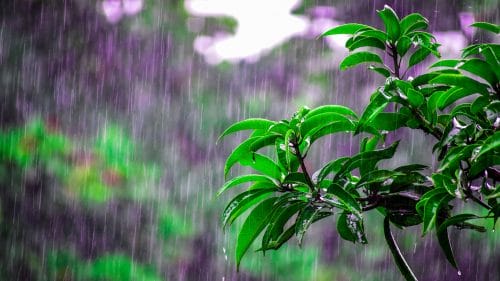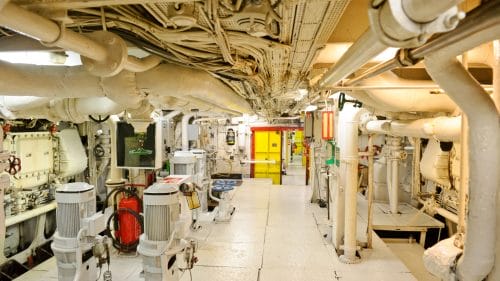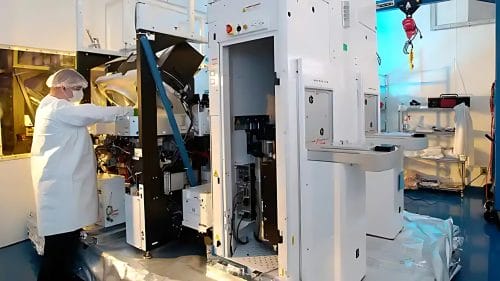How to protect equipment from corrosion?

Stainless steel doesn’t rust?
The correct answer is ‘corrosion occurs’!
Stainless steel is literally a steel that has few stains and is difficult to rust. However, it is ‘less’, not ‘none’. Like any other metal, when stainless steel encounters moisture in the air, it reacts with oxygen and causes corrosion. High humidity causes corrosion more easily.
Corrosion is a phenomenon in which metal is consumed by external chemical action. It can be caused by dryness or moisture, but wet corrosion caused by high relative humidity generally occurs more often. They are often painted to prevent corrosion, and in fact, painting is the most common corrosion control measure. The pigment contained in the paint spreads as a liquid film on the surface and hardens into a solid form to serve as a coating paper. In other words, you are coating the metal with paint. Zinc-rich paints are not a suitable choice as the paint must completely isolate the metal from corrosive fluids for the coating to be effective. How you apply the paint is also important; if possible, avoid metal surfaces that are too hot or too cold. Additionally, the surface to be painted must be dry and the relative humidity of the surface to be painted must be below 85%. The metal temperature must be at least 5°F above the dew point.
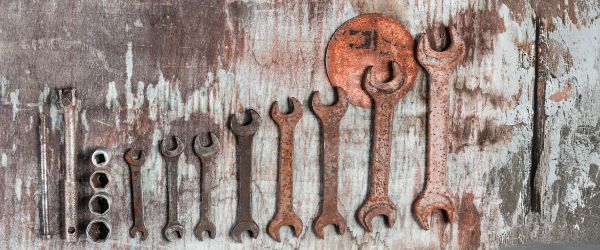
Corrosion is prone to spread at fire sites. The cause is vinyl chloride (PVC). Vinyl chloride (PVC), which is strong and hard and is widely used as a cable insulation material, produces hydrogen chloride (HCI) when burned. Hydrogen chloride is the gaseous form of hydrochloric acid, which we are familiar with. Since it is hydrochloric acid, it must be really fatal to the body, right? When this gas meets water, it breaks the ‘passive film’, which is the shell that protects the metal, and causes corrosion. When a fire occurs, metal is damaged once by the fire, and then damaged again by being doused with water to put out the fire.
So what should you do if corrosion has already occurred? Slow the progress of corrosion to prevent it from spreading
further and then address the cause. Just as you disinfect the surface of your skin to prevent it from spreading further when you have a pimple on your skin, the same goes for metals. If you notice corrosion, clean the area around it. Also, rust preventive liquid is applied to metal as if it were a disinfectant. Rust preventive liquid is a liquid that coats the metal and prevents oxygen from meeting the metal. When a metal surface is coated with a rust-inhibiting liquid, the spread of corrosion to the surrounding area is significantly slowed down to virtually no extent. Afterwards, we find an appropriate solution depending on the type of corrosion and metal type.
However, it is not easy for the general public to obtain a rust preventive fluid, accurately identify the cause of corrosion, and find a solution. BELFOR Korea is an expert in preventing corrosion if it has not occurred and in completely removing corrosion if it has already occurred. Experts use specialized chemicals and equipment to identify and remove corrosion. Normally, when corrosion is removed, the surface is ground, resulting in many scratches, but the metal that BELFOR Korea removed corrosion from leaves no scratches.
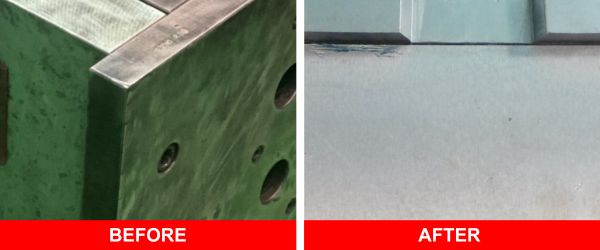
If you want to use the equipment as cleanly as possible for as long as possible, consult with BELFOR Korea. All causes of equipment damage are removed most effectively and safely. This is BELFOR Korea, not only after disasters but also before disasters.
References
– Doosan Encyclopedia, Definition of corrosion.
– Chang-Gu Yun, Paint Prevent A Corrosion, J. Corros. Sci. Soc. of Kor. , 1974, 3(1) pp. 159-165
